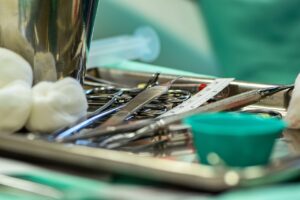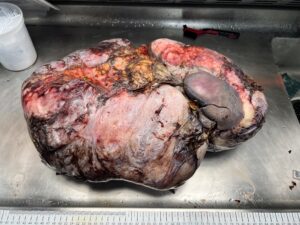In a pathology lab, fixatives are chemical solutions used to preserve and stabilize biological tissues and specimens for examination. The different laboratory fixatives help prevent tissue degradation and maintain the cellular structure for accurate diagnosis. Here are some of the commonly used laboratory fixatives:
- Formaldehyde (10% Neutral Buffered Formalin): This is one of the most widely used fixatives. It preserves tissues by cross-linking proteins, particularly with amino groups. Formalin fixes tissues quickly and provides good cellular and nuclear preservation. It’s commonly used for routine histology.
- Alcohol-Based Fixatives: Ethanol and methanol are sometimes used as fixatives, especially for preserving cytology specimens. They dehydrate tissues and are often used for fine-needle aspiration samples.
- Bouin’s Solution: This laboratory fixative contains picric acid, formaldehyde, and acetic acid. It’s used for preserving tissues where nuclear detail is essential, such as in testicular and ovarian biopsies.
- Zinc Formalin: This fixative, as the name suggests, contains zinc chloride along with formaldehyde. It’s used for preserving tissues for special stains, such as those used in gastrointestinal pathology.
- Methacarn: This laboratory fixative is a mixture of methanol, chloroform, and acetic acid. It’s used for preserving tissues that require good lipid and nuclear preservation, such as nerve tissues.
- Glutaraldehyde: Commonly used in electron microscopy, glutaraldehyde provides excellent ultrastructural preservation of tissues due to its strong cross-linking properties.
- Zenker’s Solution: Composed of mercuric chloride and potassium dichromate, Zenker’s solution is used for preserving delicate tissues like muscle and liver. It’s known for excellent nuclear detail.
- Michel’s Transport Medium: This laboratory fixative is primarily used for transporting and preserving biopsies during transit to the laboratory. It contains a mixture of glycerol, formalin, and buffer salts.
It’s important to select the appropriate laboratory fixative based on the type of tissue, the diagnostic requirements, and the intended downstream analysis (e.g., histology, immunohistochemistry, electron microscopy). Pathologists and pathologists’ assistants often make this decision based on the specific needs of each case.




